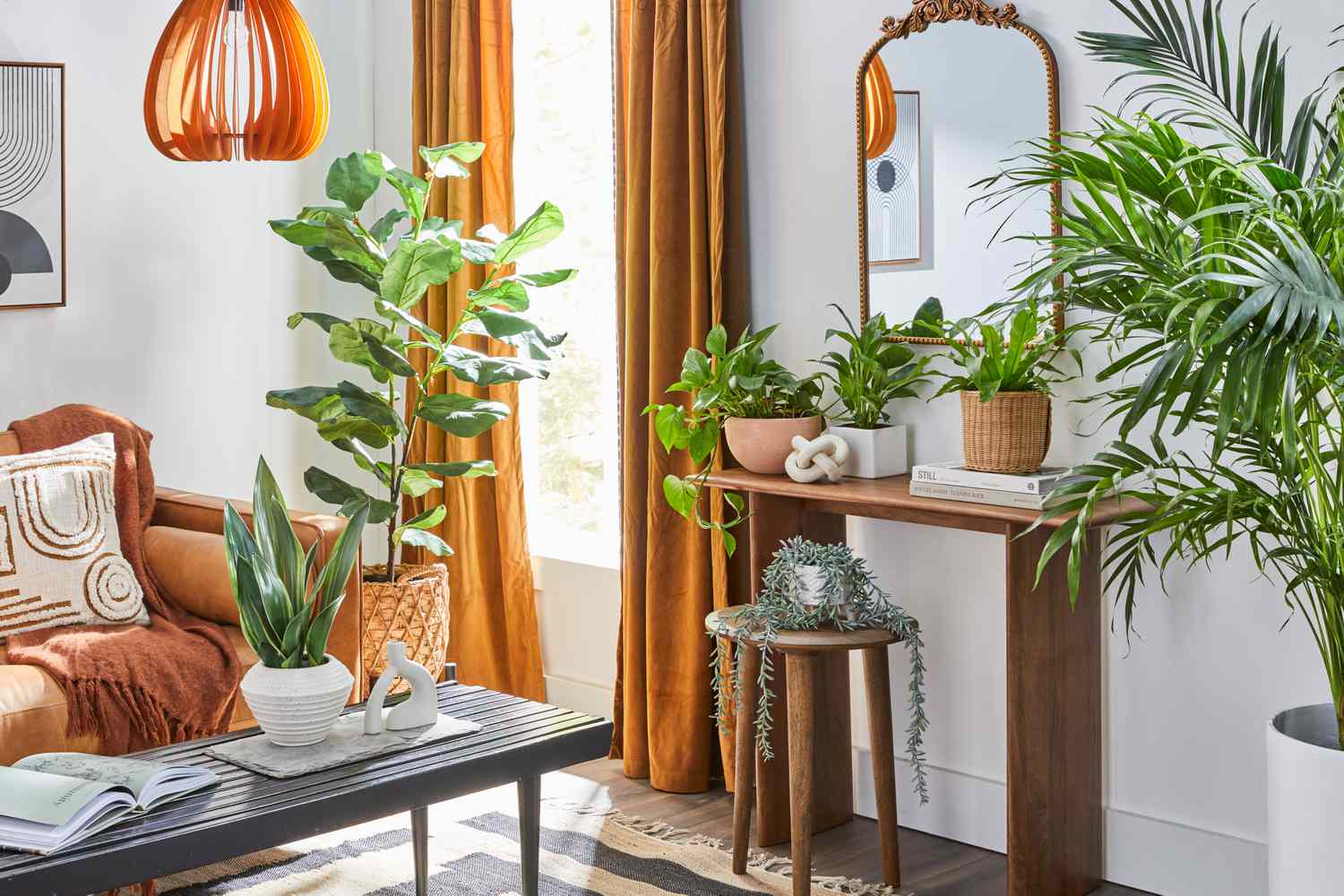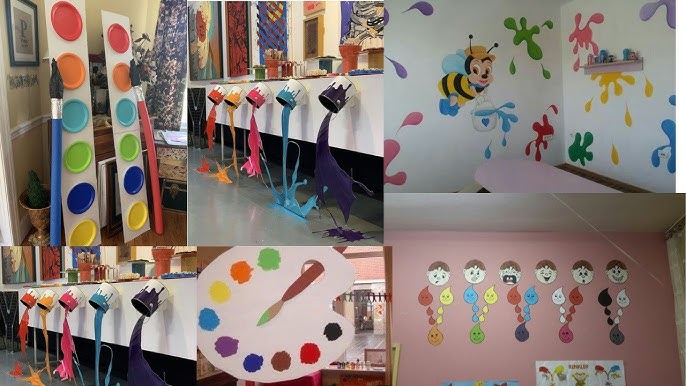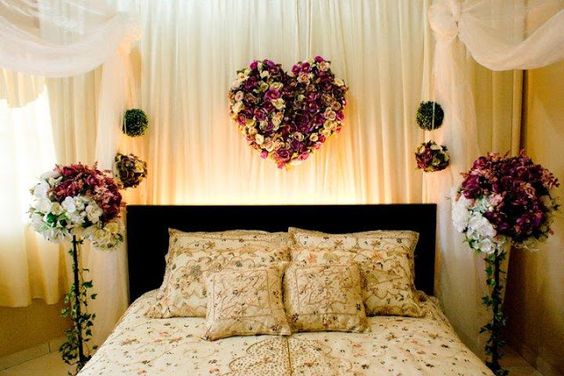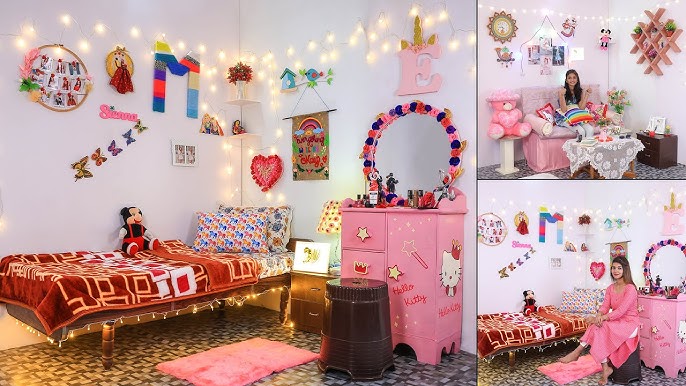Living Room Indoor Plants Decoration Ideas

When it comes to home decor, one of the easiest and most effective ways to elevate your living room’s style is by adding indoor plants. These natural beauties not only add color and texture but also purify the air and create a calming atmosphere. In this article, we’ll explore the best living room indoor plants decoration ideas, how to incorporate greenery into your space, and tips on maintaining your indoor garden.
How to Choose the Right Indoor Plant for Your Living Room
Choosing the right indoor plant for your living room involves several factors. Here’s a guide to help you make the best choice for your space.
Consider These Factors
- Lighting Conditions: Plants thrive in different lighting conditions. If your living room gets a lot of sunlight, you can opt for sun-loving plants like succulents or cacti. For low-light spaces, consider plants such as Snake Plants, ZZ Plants, or Pothos.
- Size of the Plant: The size of the plant should complement your living room’s size. For larger rooms, choose bigger plants like the Fiddle Leaf Fig or Bird of Paradise. For smaller spaces, go with compact plants like Spider Plants or small Ferns.
- Maintenance Level: If you are new to indoor plants or have a busy schedule, opt for low-maintenance plants that are forgiving, such as the Peace Lily or Aloe Vera.
- Style of Decor: The plant should blend well with your living room’s decor. For modern and minimalist designs, go for plants like the Snake Plant or ZZ Plant, which have sleek, clean lines. For more rustic or boho spaces, opt for plants with trailing vines or large leafy plants like the Monstera.
Why Indoor Plants Are a Must for Your Living Room
Before diving into specific decoration ideas, let’s talk about why indoor plants are a great choice for your living room.
- Aesthetic Appeal: Plants can effortlessly enhance the visual appeal of your living room. From statement trees like the Fiddle Leaf Fig to delicate hanging vines like the Pothos, there’s a plant for every style.
- Improved Air Quality: Indoor plants are natural air purifiers. They help remove toxins from the air, improve humidity levels, and increase oxygen, promoting a healthier living environment.
- Stress Relief: Studies have shown that being around plants can reduce stress and anxiety. The soothing green tones can promote relaxation and make your living room a peaceful haven.
- Connection to Nature: Adding plants to your living room creates a bridge between your home and the natural world, providing a sense of balance and tranquility.
Now, let’s look at some creative ways to incorporate indoor plants into your living room design.
Go Big with Statement Plants
If you have the space, large indoor plants can serve as the focal point of your living room decor. These plants instantly grab attention and add a dramatic flair to the space.
Best Large Plants for Living Rooms
- Fiddle Leaf Fig (Ficus Lyrata): Known for its large, glossy leaves, the Fiddle Leaf Fig is a trendy option for modern living rooms. Place it in a decorative pot in a corner or next to a sofa for maximum impact.
- Bird of Paradise: With its tall, exotic leaves, the Bird of Paradise adds a touch of the tropics. It thrives in bright, indirect light and can grow quite tall, making it perfect for spacious living rooms.
- Rubber Plant (Ficus Elastica): This plant is easy to care for and can grow into a stunning centerpiece. Its glossy, dark green leaves look great in contemporary and minimalist spaces.
Create a Green Corner
If your living room has a corner that feels empty, transform it into a lush green corner filled with plants. You can place various types of plants at different heights to create a layered effect.
How to Set Up a Green Corner
- Use Plant Stands: Add plant stands to display plants at varying heights. This helps create a dynamic and eye-catching arrangement.
- Mix Plant Sizes: Combine tall plants like Snake Plants with smaller plants like Succulents or Ferns to add visual variety.
- Choose Complementary Pots: Select pots that match your living room’s aesthetic. Neutral-colored pots in earthy tones work well with almost any decor style.
Add Plants to Shelving and Bookshelves
Bookshelves are not just for books. They can also be used as an opportunity to incorporate plants into your living room. By placing small plants on your shelves, you can add pops of greenery without overwhelming the space.
Ideas for Displaying Plants on Shelves
- Succulents: Succulent plants like Aloe Vera or Echeveria thrive in bright light and are easy to care for. Group them together in small pots or place them in a row along a shelf for a cohesive look.
- Hanging Planters: Consider hanging plants like Spider Plants or String of Pearls in small planters on the sides of your bookshelf. The trailing vines will add a lovely cascading effect.
- Air Plants (Tillandsia): Air plants are unique because they don’t need soil to grow. Place them in decorative containers or suspended glass globes on your shelves to add a touch of intrigue.
Incorporate Plants into Coffee Tables and Side Tables
Coffee tables and side tables are often overlooked when it comes to plant decor, but they can be a perfect spot for smaller plants that add a touch of greenery to your living room. A well-placed plant on a table can tie together the decor of the room.
Coffee Table Plant Ideas
- Succulent Gardens: A low, wide planter filled with an assortment of succulents can make a great centerpiece on your coffee table. Choose a sleek, modern pot to complement your furniture style.
- Cacti: Small cactus plants, like the Barrel Cactus or the Prickly Pear, add a contemporary, minimalist touch. Their unique shapes and textures will stand out beautifully on a side table.
Hanging Indoor Plants for a Vertical Garden
For smaller living rooms or apartments with limited floor space, hanging indoor plants are an excellent choice. By using the vertical space, you can add greenery without cluttering the floor.
Best Hanging Plants
- Pothos (Devil’s Ivy): Known for its trailing vines, Pothos is a versatile plant that can be hung in decorative macrame plant hangers. It thrives in moderate to low light and is easy to care for.
- English Ivy: Another trailing plant, English Ivy is perfect for hanging planters. Its lush foliage will cascade down, adding movement and texture to your living room.
- Spider Plants: The Spider Plant is a classic hanging plant that grows quickly and produces baby “pups” that can be propagated. Its arching leaves make it an attractive addition to your decor.
Use Plants to Frame Windows
Indoor plants can help frame your windows, creating a more inviting and cozy atmosphere. By placing plants near your windows, you also ensure they get the right amount of natural light, which is crucial for plant health.
Window Plant Ideas
- Herb Garden: If you have a sunny window, consider creating an herb garden with plants like Basil, Mint, and Thyme. They’ll not only add greenery but also provide fresh herbs for cooking.
- Tall Plants by Windows: Large plants like the Palm or Yucca can be placed near windows to draw the eye upward and create a balanced look. Their height and structure will complement your window area.
Consider the Color Palette of Your Living Room
When selecting plants for your living room, it’s essential to consider your existing color palette. The right plants can enhance your decor and create a cohesive look.
Tips for Choosing Plants Based on Room Colors
- Neutral Decor: If your living room features neutral tones, like beige, white, or gray, opt for plants with striking foliage, such as the purple-leafed Tradescantia or the vibrant green leaves of the Fiddle Leaf Fig.
- Bold or Bright Colors: If your decor includes bold or bright colors, go for plants with subtle or muted tones. A Snake Plant with its variegated leaves or a ZZ Plant with glossy dark green foliage will complement bold colors without clashing.
- Wooden Accents: For living rooms with natural wood elements, plants like Ferns, Palms, or Bamboo will create a harmonious, organic look.
Low-Maintenance Plants for Busy Lifestyles
Not everyone has the time to tend to a high-maintenance indoor garden. Fortunately, there are several indoor plants that require minimal care while still providing beautiful greenery.
Low-Maintenance Plants
- Snake Plant (Sansevieria): One of the easiest plants to care for, the Snake Plant can thrive in almost any lighting condition and requires very little water.
- ZZ Plant (Zamioculcas zamiifolia): The ZZ Plant is perfect for busy individuals because it can tolerate low light and infrequent watering. Its glossy, waxy leaves add a sleek touch to your decor.
- Cast Iron Plant (Aspidistra elatior): As the name suggests, the Cast Iron Plant is incredibly hardy and can survive in a range of conditions, from low light to neglectful watering.
Benefits of Indoor Plants in the Living Room
Adding plants to your living room offers more than just visual appeal. The following are some key benefits:
- Air Purification: Indoor plants can help purify the air by absorbing toxins like formaldehyde, benzene, and trichloroethylene. They also release oxygen, improving the overall air quality in your living room.
- Stress Reduction: Studies show that being around plants can reduce stress, lower blood pressure, and improve overall mental health. The calming presence of greenery can help create a peaceful, relaxing environment.
- Improved Humidity: Plants naturally release moisture into the air through a process called transpiration. This can help raise the humidity levels in dry indoor environments, preventing skin dryness and respiratory problems.
- Increased Productivity and Creativity: A well-planted living room can help boost your mood and enhance your creativity. If you work from home or study in your living room, having plants around can improve focus and productivity.
- Noise Reduction: Plants have been shown to absorb sound and reduce noise pollution, making your living room a quieter, more comfortable space.
How to Care for Your Indoor Plants
Once you’ve decided on the plants to add to your living room, it’s essential to know how to take care of them. Here are a few general tips:
- Watering: Overwatering is one of the most common mistakes in indoor plant care. Make sure the top layer of soil is dry before watering. Different plants have different watering needs, so always research specific care guidelines.
- Light: Most indoor plants thrive in bright, indirect light. Avoid placing them in direct sunlight for long periods, as this can scorch their leaves.
- Humidity: Some plants, like Ferns and Orchids, thrive in higher humidity. You can increase humidity by placing plants in kitchens or bathrooms or using a humidifier.
Recommendation
20 Best Living Room Shelf Decor Ideas: How To Decorate Your Modern Living Room
Study Room Decoration: Transform Your Study Space
Flower Decoration for Home: Bring Nature’s Beauty Into Your Living Space
35 Types of Snake Plant Varieties to Grow Indoors | Best Sansevierias
Step By Step Instructions to Save your Snake Plant from Root Rot
A Complete Guide to Snake Plant Care
How To Choose The Best Soil for Snake Plant
Are Snake Plants Really Toxic to Cats?
Snake Plant Flower – How to Get Your Snake Plant To Bloom
How To Propagate Snake Plant – 4 Easy Methods
Conclusion
Incorporating indoor plants into your living room decor is a simple and effective way to bring nature indoors, improve air quality, and create a more inviting atmosphere. Whether you choose a statement plant, a cascading vine, or a small succulent garden, there are countless ways to personalize your space with greenery. With the right care and attention, your living room can be transformed into a vibrant, plant-filled sanctuary.
FAQs
Q: How to style indoor plants in a living room?
A: Bring a fresh and lively feel to your space by displaying a mix of plants on stands. For a balanced and attractive look, place bigger, leafy plants on the lower shelves or the floor, while keeping smaller ones on the higher shelves. This arrangement creates a natural, layered effect that adds charm to any room.
Q: How to arrange plants in a living room?
A: Arranging houseplants in groups of three or other odd numbers creates a balanced and visually appealing look. Using plants of different heights adds depth and makes the arrangement more striking. Choosing a common element, like similar pots or matching colors, helps tie everything together and gives the space a natural, harmonious feel.
Q: How to decorate plants inside the house?
A: Arrange your plants on bookshelves, windowsills, or tables to bring a fresh touch to your living room. Larger floor plants can fill empty corners beautifully. Pick plants based on their light requirements, use different sizes for a visually appealing look, and choose stylish pots or hanging planters that complement your room’s decor.
Q: Do indoor plants need sunlight?
A: Yes, indoor plants need some sunlight or artificial light to stay healthy and grow. They use light for photosynthesis, which helps them turn carbon dioxide and water into energy. Without enough light, plants won’t be able to thrive properly.






